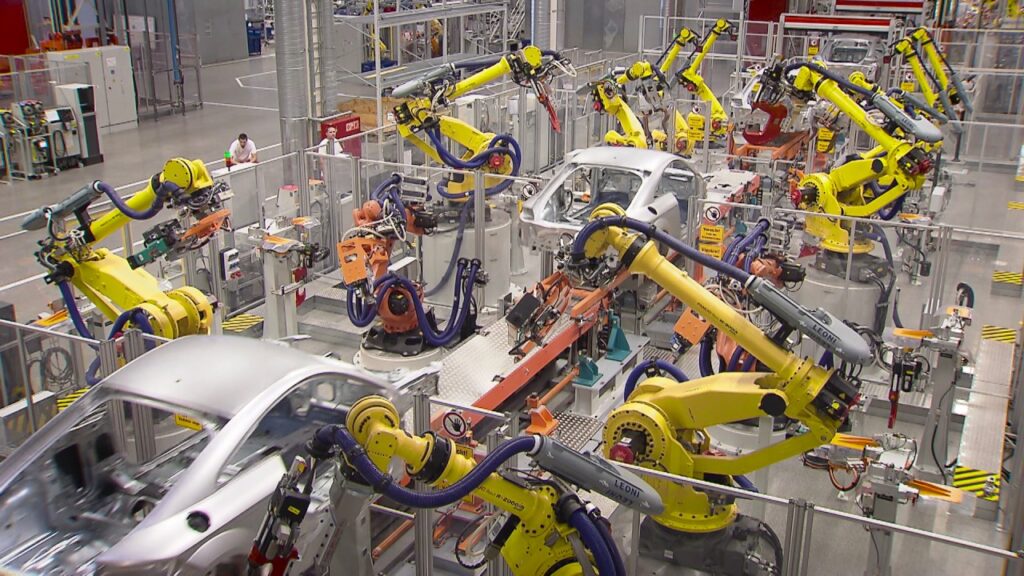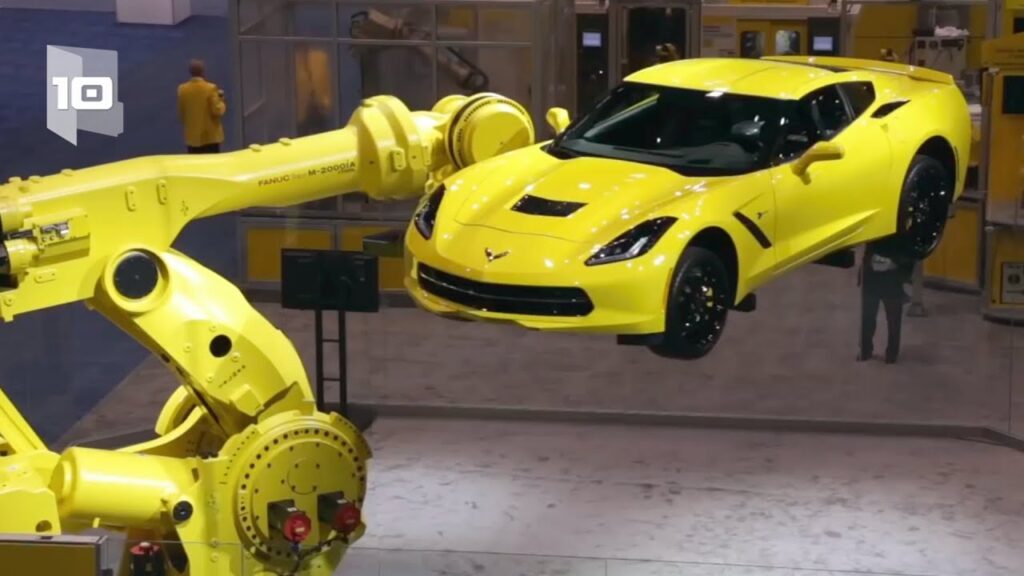Types of Industrial Robots
Industrial robots have revolutionized various industries by automating processes, reducing labor costs, and improving efficiency. These sophisticated machines are designed to handle repetitive tasks with precision and speed. In this article, we will explore the different types of industrial robots and their applications in various industries.
**Introduction**
Industrial robots have become an integral part of modern manufacturing processes. They are capable of performing tasks that were once considered impossible or too dangerous for human workers. These robots bring precision, speed, and efficiency to the manufacturing floor, resulting in higher productivity and cost savings for companies.
**Types of Industrial Robots**
1. **Articulated Robots**: Articulated robots are the most commonly used industrial robots. They are composed of a series of joints connected by links, resembling a human arm. These robots have a high degree of freedom, enabling them to perform a wide range of tasks. Articulated robots are widely used in industries such as automotive, electronics, and aerospace.
2. **SCARA Robots**: SCARA stands for Selective Compliance Assembly Robot Arm. These robots have horizontal joints that allow them to move in a two-dimensional plane. SCARA robots are often used in assembly line processes, such as pick and place operations. They are known for their high speed and accuracy.
3. **Cartesian Robots**: Cartesian robots, also known as gantry robots, have a three-pronged design. They move in a linear motion along X, Y, and Z axes. These robots excel in applications that require repetitive movements in a fixed space. Cartesian robots are commonly used in industries such as packaging and material handling.
4. **Delta Robots**: Delta robots have a unique design with three arms connected to a central base. They are often used in applications that require high-speed pick and place operations, such as packaging and sorting. Delta robots are known for their exceptional speed and precision.
5. **Collaborative Robots**: Collaborative robots, also known as cobots, are designed to work safely alongside human operators. These robots are equipped with sensors and advanced programming that allow them to detect human presence and react accordingly. Cobots are widely used in industries such as healthcare, electronics, and food processing.
**Applications of Industrial Robots**
1. **Assembly Line Operations**: Industrial robots play a crucial role in assembly line operations. They can perform tasks such as welding, screwing, and component placement with precision and consistency. These robots significantly reduce production time and improve product quality.
2. **Material Handling**: Industrial robots are highly efficient in material handling operations. They can move heavy loads, load and unload materials, and transport products within a facility. Automated material handling systems powered by robots streamline warehouse operations and improve overall logistics.
3. **Palletizing and Packaging**: Industrial robots excel in palletizing and packaging operations. They can stack products on pallets, wrap them with shrink wrap, and load them onto trucks. These robots ensure efficient and safe packaging, reducing the risk of damage during transportation.
4. **Quality Inspection**: Industrial robots are capable of performing precise and accurate quality inspections. They can examine products for defects, measure dimensions, and perform tests. These robots ensure consistent quality control, reducing the chances of faulty products reaching the market.
5. **Painting and Finishing**: Robots with specialized arms and spray guns are used for painting and finishing operations. These robots are programmed to apply paint or coating evenly, resulting in a flawless finish. Robots can also perform tasks such as sanding and polishing, improving product aesthetics.
**Conclusion**
The advancements in robotics technology have paved the way for the widespread adoption of industrial robots in various industries. From assembly line operations to material handling and quality inspection, these versatile machines have transformed the manufacturing landscape. As the technology continues to evolve, we can expect even more sophisticated robots with enhanced capabilities. Industrial robots are not just tools; they are key assets that drive productivity, efficiency, and growth in the manufacturing sector.
Industrial Robot
“Exploring Robot Anatomy, Joint Types, Applications, and Industrial Robotics: Lecture 5 for #RHKatti, #EME, #Robotics, #VTU”


